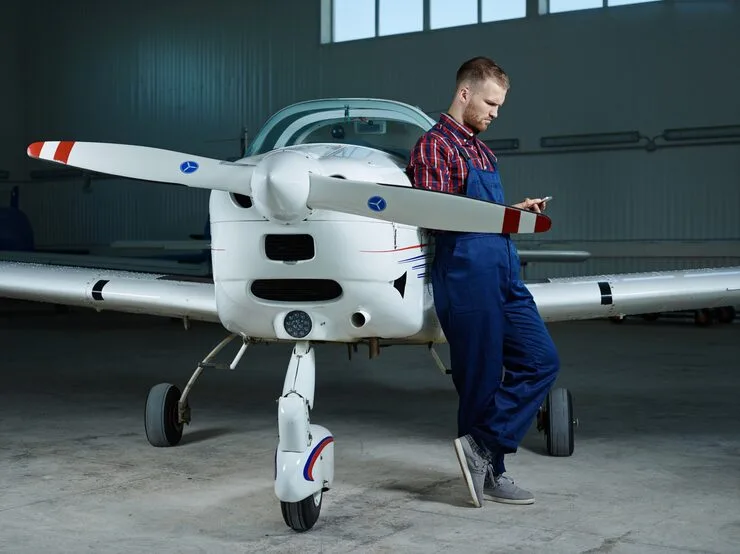The evolution of turboprop technology: past, present, and future
Turboprop technology has been used in light aircraft for many years. While they don’t offer the power of a jet engine, they are significantly more efficient. This is particularly evident when making short-haul flights.
In recent years, advancements in turboprop technology have made them an even more attractive option, they have lower maintenance costs and lower CO2 emissions. Let’s take a closer look at the evolution of turboprop technology.
How Turboprops Developed
The original concept for a turboprop sprung from a paper published in 1926 by Alan Arnold Griffith. The principle was refined, and in 1929 Gyorgy Jendrassik patented his turboprop idea. He went on to test the engine and build the first turboprop plane. It was 1941.
Unfortunately, partly thanks to the war, the idea didn’t immediately become popular. By 1945, the first turboprop flight had been completed and it was a success.
However, it was the British Rolls-Royce Dart turboprop engine that was installed in the Vickers Viscount, which showed the engine could be used commercially. In the 1950s, turboprops offered more speed, a longer range, and better fuel efficiency compared to the piston engines which were commonly used then.
This led to a dramatic increase in popularity for the turboprop throughout the 1960s and 1970s. By the end of this period, the turboprop was an essential part of the aviation industry.
Current Turboprop Technology
Today 32% of airports rely exclusively on turboprops, and ATR turboprop planes have become the backbone of domestic connectivity. They are committed to helping people stay connected and to continually improving the technology they have.
Turboprops have remained popular as they have better fuel efficiency and offer lower emissions.
This, alongside advancements in plane manufacturing and materials, has helped to keep them an attractive regional option.
You only need to look at some of the best modern turboprop aircraft, such as the ATR 72. The engines aren’t just better, it is also the avionics, noise reduction tech, and even the cleverly designed ergonomic cabins.
Future Turboprop Innovations
It is impossible to predict exactly what the future will bring. However, it seems likely that turboprop engines will be more efficient, offer less CO2 emissions, and will remain the sensible choice for airlines offering regional flights.
ATR will be the first to fly a hybrid-electric regional aircraft by 2030, marking a major milestone in sustainable aviation. ATR’s vision of what the next generation regional aircraft could be is exemplified by its EVO concept. The plan foresees a renewal of the propulsion system exploring a hybrid capability, enhanced propellers, improved cabin and systems – all of which will be eco-designed. It will remain a twin-engine turboprop with 100% SAF compatibility. ATR aims for significant reductions in CO2 emissions vs current aircraft, higher performance and double-digit operating cost reduction. The entry into service is targeted for the mid 2030s.





